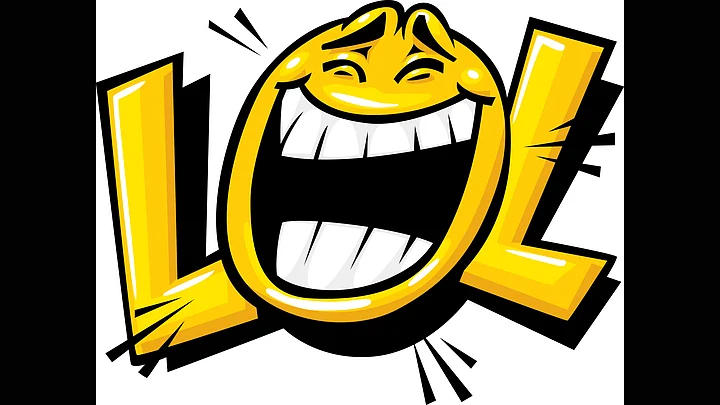Laughter is uniquely human. Sometimes deliberate, sometimes uncontrollable, we laugh out loud to signal our reaction to a range of occurrences, whether it’s a response to a joke we hear, an awkward encounter or an anxious situation. The way we laugh is, according to anthropologist Munro S Edmonson, a “signal of individuality.”
And an outburst of laughter is an important enough part of communication that we represent it in text.
Evolution of Text-based Laughter
In a recent The New Yorker article, Sarah Larson wrote about laughter in internet-based communication – the use of hahaha and hehehe, even the jovial hohoho.
Larson writes, “The terms of e-laughter – ‘ha ha,’ ‘ho ho,’ ‘hee hee,’ ‘heh’ – are implicitly understood by just about everybody. But, in recent years, there’s been an increasingly popular newcomer: ‘hehe.’”
However, even before texting and online chatting, textual representations of laughter – most of which have onomatopoeic forms – have appeared in writing since Chaucer’s time.
Like all language, it has merely evolved with our culture and adapted to new technology, becoming in the process far more nuanced – much like the true “spoken” laughter it’s intended to represent.
A brief history of laughter
In her 2011 book Variationist Sociolinguistics: Change, Observation, Interpretation, linguist Sali Tagliamonte shares three historical examples of laughter in literature.
“Hehe, HaHa” Have Been Around for Centuries
As Tagliamonte shows, hehe is not exactly a new invention: it appears in a Latin grammar book written by Ælfric of Eynsham in about 1000 AD. Haha appears in Chaucer 300 years later, while haha, heh can be found in the works of Shakespeare.
Using Google’s Ngram Viewer, which allows users to search for words and phrases in all of the books that Google has scanned, it is evident that hehe – along with haha and hoho – has been in use for quite some time.
(At The Quint, we question everything. Play an active role in shaping our journalism by becoming a member today.)
